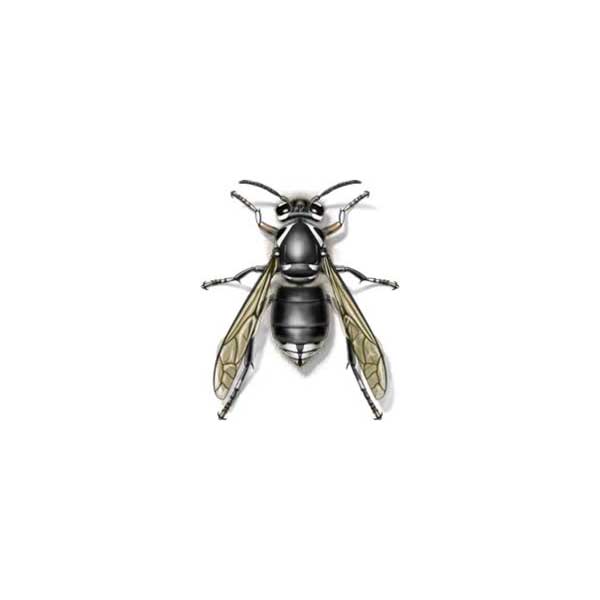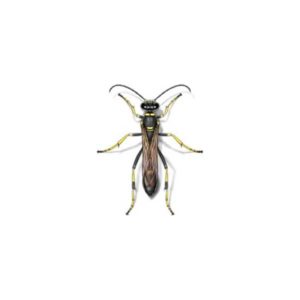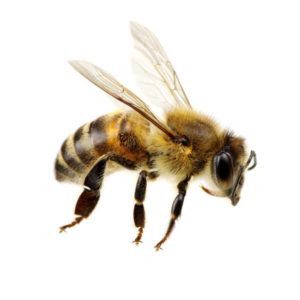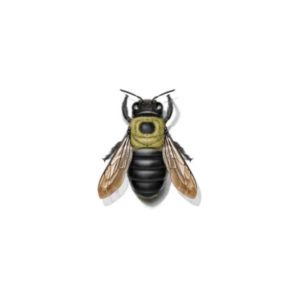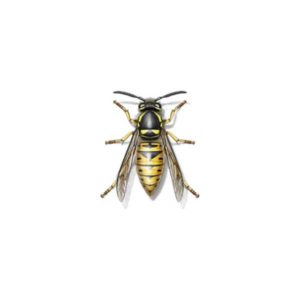Bald-Faced Hornets in Albuquerque NM
Bald-faced hornets are known to resemble yellowjackets. However, they are mostly black in color with characteristic white-ivory colored markings on its face. These wasps are large in size and will defend their nests aggressively if needed. These beneficial wasps live in colonies with thousands of individuals. For the most part, they are harmless. However, they cause issues for residents here in the Albuquerque area when they nest in structural voids, attics, and cavities associated with landscaping features around homes.
Bald-Faced Hornet Nests & Habitat
Unlike yellowjackets, bald-faced hornets always nest above ground. Nests are usually attached to a tree branch located in bushes, shrubbery, or a wooded area. They can also be attached to utility poles or under the eaves of houses, sheds, or other structures that provide protection. Nests will be at least three feet off the ground and as high as 60 feet or more. They are made of chewed wood fibers mixed with saliva, creating a gray-colored, paper-like material. Reaching up to 24″ in height and 18″ across, there is a single opening at the bottom to allow the hornets to fly in and out. Bald-faced hornets do not reuse old nests–instead, they build a new nest year after year.
Bald-Faced Hornet Behaviors & Stings
Even though bald-faced hornets are beneficial by preying on other pests, they are extremely aggressive and will attack anyone or anything that invades their space. The sting of a bald-faced hornet carries venom causing stings to hurt, itch, and swell for about 24 hours. Because these hornets have smooth stingers, they can sting over and over again, whereas other stinging insects, like honey bees, are only able to attack once before their stinger falls off. Of course, as with all other insect stings, humans are at risk for allergic reactions.
If you find a bald-faced hornet nest on your home or property, do not attempt to remove it on your own as this can aggravate the colony and give them a reason to sting. For any type of wasp removal, always contact the best wasp control experts for help with stinging insects.
Need help with bald-faced hornets?
We'll call you! Leave your information below.

